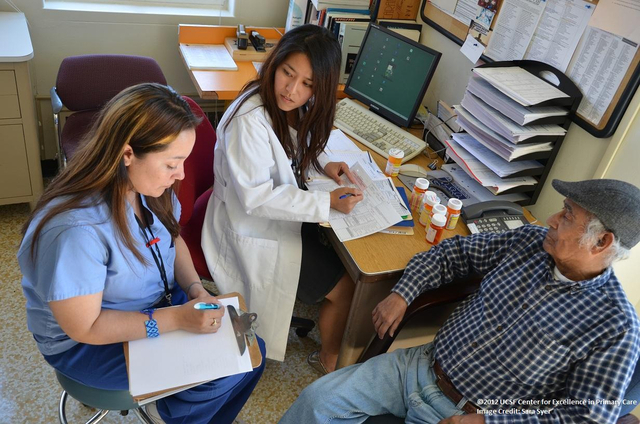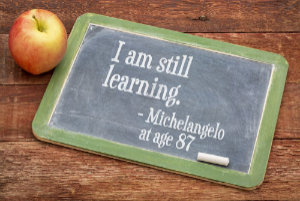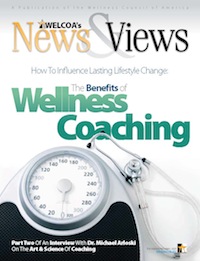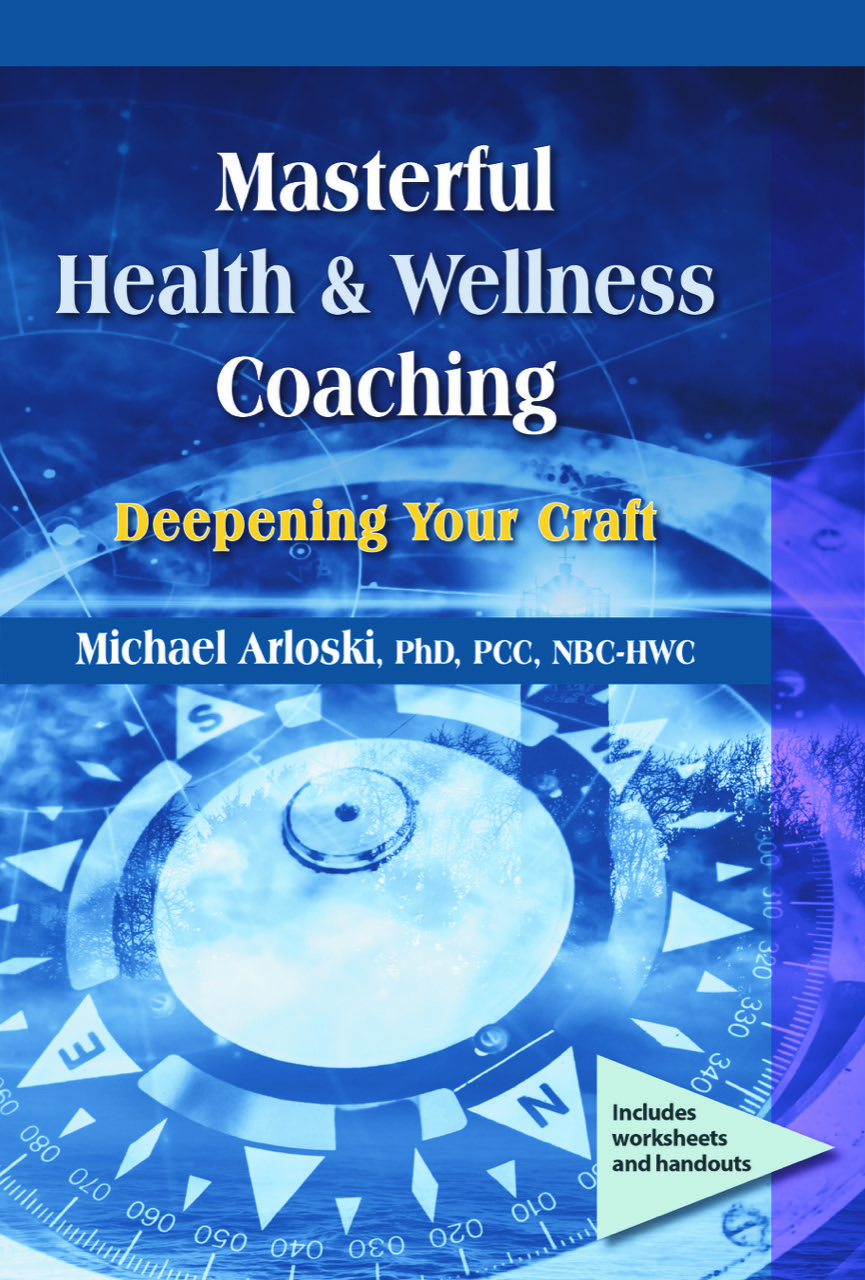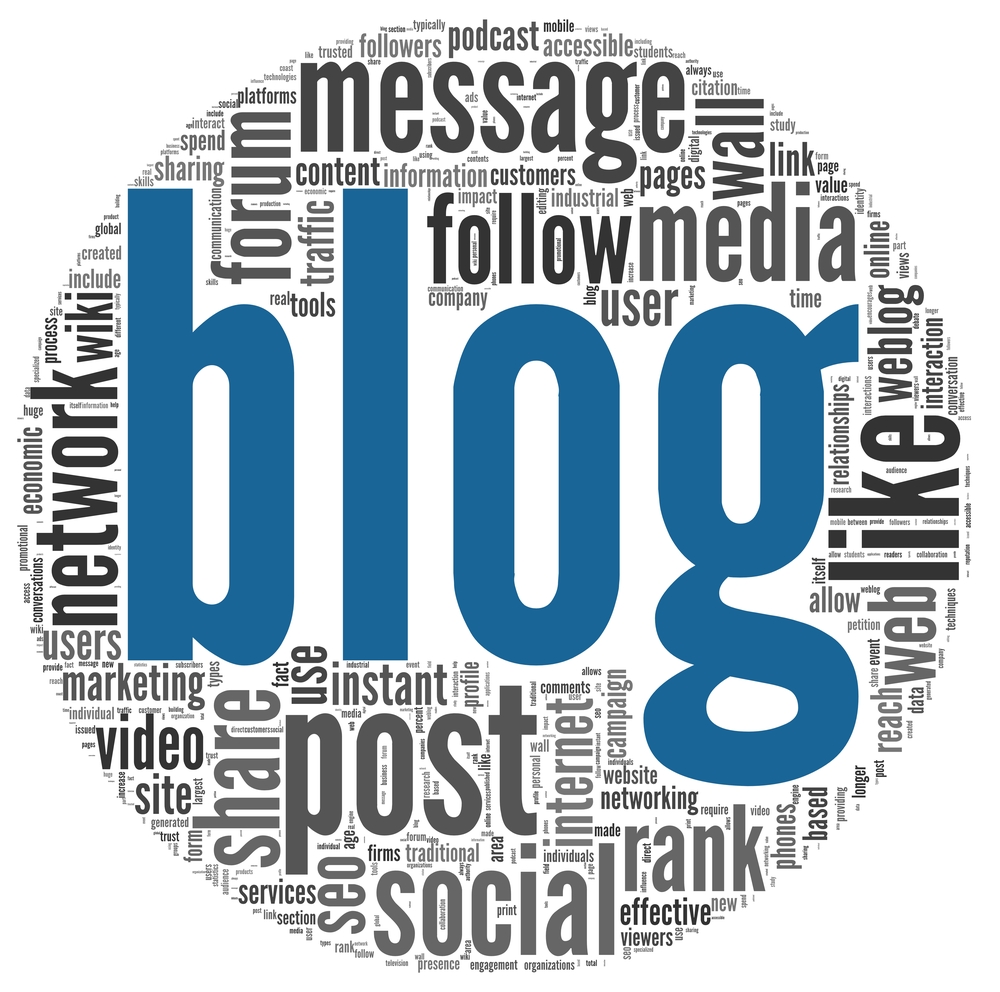Empathy is a powerful communication skill that is often misunderstood and underused. Effective empathetic co mmunication enhances t he therapeutic effectiveness of the provider-client relationship.
he therapeutic effectiveness of the provider-client relationship.  Appro priate use of empathy as a communication tool facilitates the health related interview, increases the efficiency of gathering information, and honors the patient or client. It is one of the vital facillitative conditions of coaching mentioned by Dr. Arloski.
Appro priate use of empathy as a communication tool facilitates the health related interview, increases the efficiency of gathering information, and honors the patient or client. It is one of the vital facillitative conditions of coaching mentioned by Dr. Arloski.
What is Empathy?
The origin of the word empathy dates back to the 1880s, when German psychologist Theodore Lipps coined the term "einfuhlung" (literally, "in-feeling") to describe the emotional appreciation of another's feelings. Empathy has further been described as the process of understanding a person's subjective experience by vicariously sharing that experience while maintaining an observant stance.9 Empathy is a balanced curiosity leading to a deeper understanding of another human being; stated another way, empathy is the capacity to understand another person's experience from within that person's frame of reference.10
Even more si mply stated, empathy is the ability to "put oneself in another's shoes." In an essay entitled "Some Thoughts on Empathy," Columbia University psychiatrist Alberta Szalita stated, "I view empathy as one of the important mechanisms through which we bridge the gap between experience and thought." A few sentences earlier in her essay, she had emphasized that ... "[empathy is] consideration of another person's feelings and readiness to respond to his [or her] needs ... without making his [or her] burden one's own."11:p151
mply stated, empathy is the ability to "put oneself in another's shoes." In an essay entitled "Some Thoughts on Empathy," Columbia University psychiatrist Alberta Szalita stated, "I view empathy as one of the important mechanisms through which we bridge the gap between experience and thought." A few sentences earlier in her essay, she had emphasized that ... "[empathy is] consideration of another person's feelings and readiness to respond to his [or her] needs ... without making his [or her] burden one's own."11:p151
Empathy is concerned with a much higher order of human relationship and understanding: engaged detachment. In empathy, we "borrow" another's feelings to observe, feel, and understand them--but not to take them onto ourselves. By being a participant-observer, we come to understand how the other person feels. An empathetic observer enters into the equation and then is removed.
Practical Empathetic Communication
Making practical use of an otherwise esoteric concept such as empathy requires division of the concept into its simplest elements. As outlined by Frederic Platt,19 key steps to effective empathy include:
- recognizing presence of strong feeling in the clinical setting (ie, fear, anger, grief, disappointment);
- pausing to imagine how the patient might be feeling;
- stating our perception of the patient's feeling (ie, "I can imagine that must be ..." or "It sounds like you're upset about ...");
- legitimizing that feeling;
- respecting the patient's effort to cope with the predicament; and
- offering support and partnership (ie, "I'm committed to work with you to ..." or "Let's see what we can do together to ...").
Barriers to Giving Empathy
That the health care experience is enhanced by effective communication between healthcare workers and their patients is a well established fact. Byproducts of this enhanced communication include improved health outcomes,1 better patient compliance,23-5 and improved satisfaction of workers and patients.6,7
Healthcare providers have many reasons for not offering empathy to patients. An informal survey of practicing clinicians participating in a recent clinician-patient communication course revealed misgivings (and misconceptions) about empathetic communication. Concerns mentioned included:
- "There is not enough time during the visit to give empathy."
- "It is not relevant, and I'm too busy focusing on the acute medical problem."
- "Giving empathy is emotionally exhausting for me."
- "I don't want to open that Pandora's box."
- "I haven't had enough training in empathetic communication."
- "I'm concerned that if I use up all my empathy at work I won't have anything left for my family."
Empathy need not be awkward nor emotionally exhausting; unlike sympathy, empathy does not require emotional effort on the part of the provider. An appropriate statement or gesture of empathy takes only a moment and can go a long way to enhance rapport, build positive relationships, and even improve difficult ones. Studies have shown that when opportunities for empathy were repeatedly missed, visits tended to be longer and more frustrating for both physician and patient.18,20 Conversely, empathy may save time and expense and often is a cost-effective method of facilitating early diagnosis and proper treatment.10
Conclusion
Empathy is a powerful, efficient communication tool when used appropriately during a medical interview. Empathy extends understanding of the patient beyond the history and symptoms to include values, ideas, and feelings. Benefits of improved empathetic communication are tangible for both physician and patient.
Adapted from “An Overview of Empathy” to read the article in its entirety go to: By James T Hardee, MD
References
1. Stewart MA. Effective physician-patient communication and health outcomes: a review. CMAJ 1995 May 1;152(9):1423-33.
2. Stewart MA. What is a successful doctor-patient interview? A study of interactions and outcomes. Soc Sci Med 1984;19(2):167-75.
3. Moore PJ, Adler NE, Robertson PA. Medical malpractice: the effect of doctor-patient relations on medical patient perceptions and malpractice intentions. West J Med 2000 Oct;173(4):244-50.
4. Levinson W, Roter DL, Mullooly JP, Dull VT, Frankel RM. Physician-patient communication. The relationship with malpractice claims among primary care physicians and surgeons. JAMA 1997 Feb 19;277(7):553-9.
5. Beckman HB, Markakis KM, Suchman AL, Frankel RM. The doctor-patient relationship and malpractice. Lessons from plaintiff depositions. Arch Intern Med 1994 Jun 27;154(12):1365-70.
6. Suchman AL, Roter D, Green M, Lipkin M Jr. Physician satisfaction with primary care office visits. Collaborative Study Group of the American Academy on Physician and Patient. Med Care 1993 Dec;31(12):1083-92.
7. Brody DS, Miller SM, Lerman CE, Smith DG, Lazaro CG, Blum MJ. The relationship between patients' satisfaction with their physicians and perceptions about interventions they desired and received. Med Care 1989 Nov;27(11):1027-35.
8. Aring CD. Sympathy and empathy. JAMA 1958 May 24;167(4):448-52.
9. Zinn W. The empathic physician. Arch Intern Med 1993 Feb 8;153(3):306-12.
10. Bellet PS, Maloney MJ. The importance of empathy as an interviewing skill in medicine. JAMA 1991 Oct 2;266(13):1831-2.
11. Szalita AB. Some thoughts on empathy. The Eighteenth Annual Frieda Fromm-Reichmann Memorial Lecture. Psychiatry 1976 May;39(2):142-52.
12. Platt FW, Keller VF. Empathic communication: a teachable and learnable skill. J Gen Intern Med 1994 Apr;9(4):222-6.
13. Spiro H. What is empathy and can it be taught? Ann Intern Med 1992 May 15;116(10):843-6.
14. Frankel RM, Stein T. Getting the most out of the clinical encounter: the four habits model. Perm J 1999 Fall;3(3):79-88.
15. Keller VF, Carroll JG. A new model for physician-patient communication. Patient Educ Couns 1994;23:131-40.
16. Barrier PA, Li JT, Jensen NM. Two words to improve physician-patient communication: what else? Mayo Clin Proc 2003 Feb;78(2):211-4.
17. Makoul G. Essential elements of communication in medical encounters: the Kalamazoo consensus statement. Acad Med 2001 Apr;76(4):390-3.
18. Suchman AL, Markakis K, Beckman HB, Frankel R. A model of empathic communication in the medical interview. JAMA 1997 Feb 26;277(8):678-82.
19. Platt FW. Empathy: can it be taught? Ann Intern Med 1992 Oct 15;117(8):700; author reply 701.
20. Levinson W, Gorawara-Bhat R, Lamb J. A study of patient clues and physician responses in primary care and surgical settings. JAMA 2000 Aug 23-30;284(8):1021-7.
21. Coulehan JL, Platt FW, Enger B, et al. "Let me see if I have this right ...": words that help build empathy. Ann Intern Med 2001 Aug 7;135(3):221-7.
22. Wilmer HA. The doctor-patient relationship and issues of pity, sympathy and empathy. Br J Med Psychol 1968 Sep;41(3):243-8.


